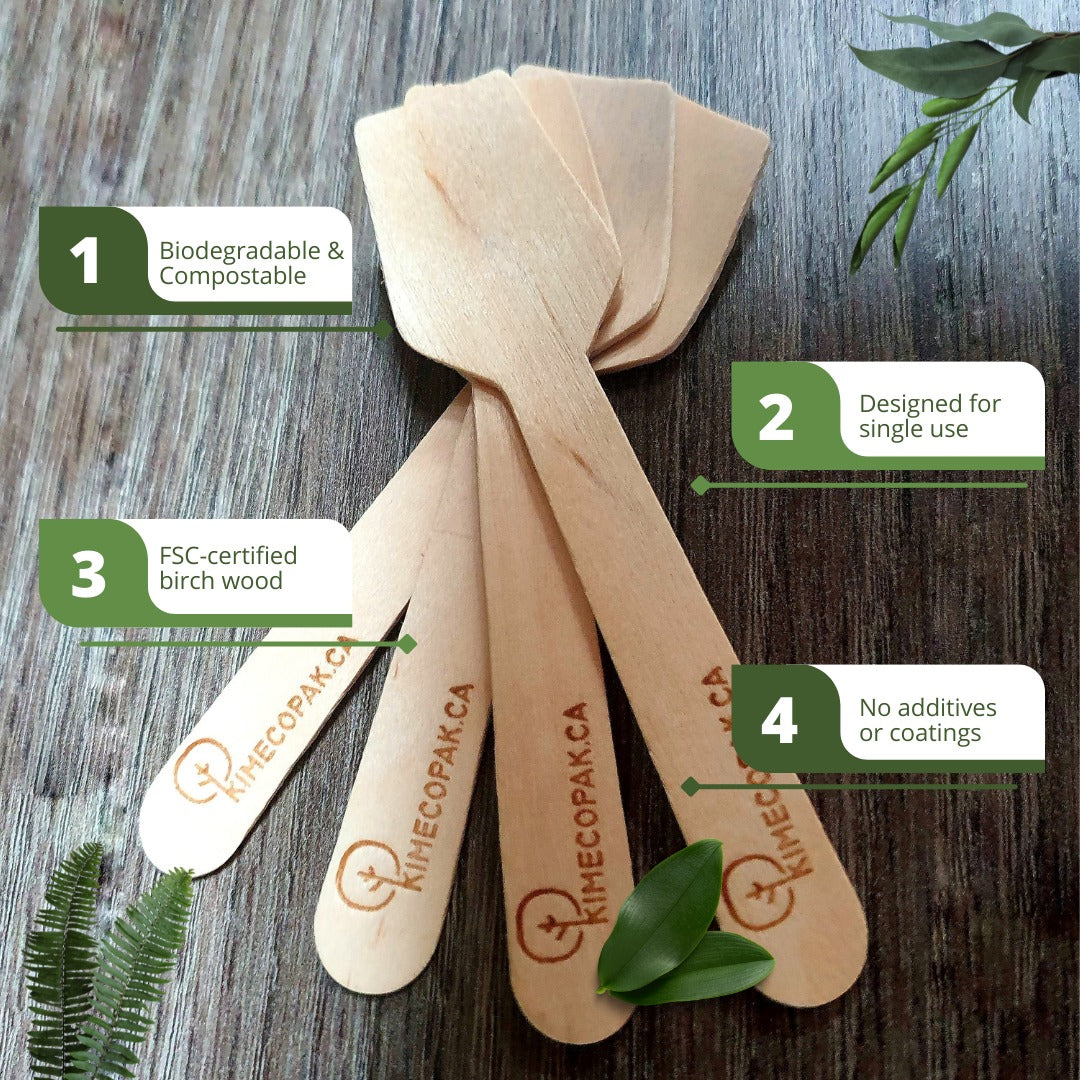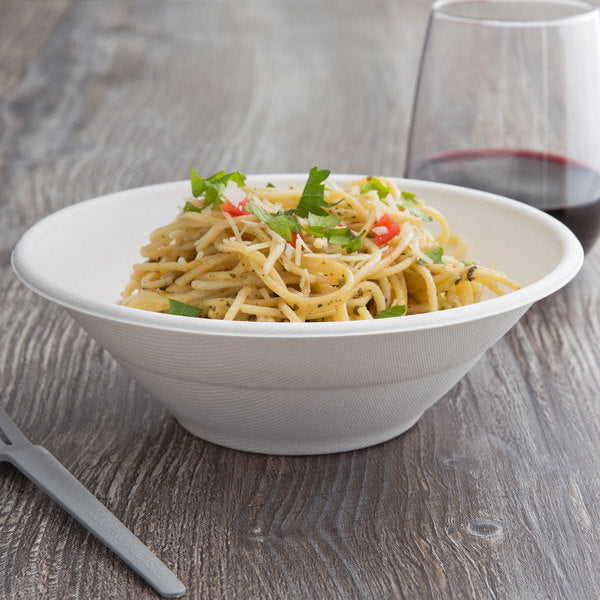Tea is more than just a drink, it’s an experience, a ritual, and an essential menu item in nearly every café and restaurant. But one question customers often ask is: “Does tea have caffeine?”
The short answer is yes, most true teas contain caffeine but the amount varies by tea type, brewing time, and how it’s served.
For café owners and baristas, understanding caffeine levels isn’t just about answering customer questions, it’s key to creating balanced menus and healthier beverage options.
- Does Bubble Tea Contain Caffeine?
- Understanding Caffeine Coffee: Caffeine Content in Different Types of Coffee
Does Tea Have Caffeine?
 The straightforward answer is yes, most types of tea do have caffeine. 1 When we talk about what is true tea, we are referring to beverages made from the leaves of the Camellia sinensis plant. 2 This single plant is the origin of popular teas like black tea, green tea, white tea, and oolong tea, and all of these naturally contain caffeine. So, if you're wondering whether your cup of true tea has caffeine, the answer is almost certainly yes.
The straightforward answer is yes, most types of tea do have caffeine. 1 When we talk about what is true tea, we are referring to beverages made from the leaves of the Camellia sinensis plant. 2 This single plant is the origin of popular teas like black tea, green tea, white tea, and oolong tea, and all of these naturally contain caffeine. So, if you're wondering whether your cup of true tea has caffeine, the answer is almost certainly yes.
What Makes Tea Caffeinated?
All true teas black, green, oolong, and white come from the Camellia sinensis plant, which naturally contains caffeine. The processing and brewing temperature determine how much ends up in the cup.
| Type of Tea | Typical Caffeine (8 oz) | Customer Preference |
|---|---|---|
| Black Tea | 40–70 mg | Morning energy boost |
| Green Tea | 30–50 mg | Smooth, midday focus |
| Oolong Tea | 30–50 mg | Balanced, versatile |
| White Tea | 30–55 mg | Light, delicate flavor |
| Herbal Tea | 0 mg | Caffeine-free option |
For takeaway service, consider using paper coffee cups, they maintain beverage temperature while showcasing your café’s eco commitment.
Caffeine in Herbal Teas: Exploring the Alternatives
When we talk about caffeine in herbal tea, it's important to understand that most herbal teas are naturally caffeine-free. This is because, unlike true teas, herbal teas (also known as tisanes) are not made from the leaves of the Camellia sinensis plant. Instead, they are infusions made from herbs, flowers, fruits, and roots. However, there are a few exceptions to this rule. Let's explore the caffeine content of some popular herbal teas.
Does Hibiscus Tea Have Caffeine?
No, hibiscus tea is naturally caffeine-free. If you're looking for a vibrant and tangy beverage without the caffeine kick, caffeine in hibiscus tea makes it an excellent choice, perfect for any time of day.
Does Matcha Tea Have Caffeine?
Interestingly, yes, matcha tea does have caffeine. Unlike most herbal teas, matcha is a powdered green tea, meaning you consume the entire leaf. Because of this, the caffeine in matcha tea can be higher than in traditionally brewed green tea. So, if you're looking for an herbal-adjacent option with a good amount of caffeine, matcha is a great pick.
Read more: Does matcha have caffeine?
Does Peppermint Tea Have Caffeine?
No, peppermint tea is naturally caffeine-free. The refreshing and soothing qualities of peppermint tea, combined with the absence of caffeine in peppermint tea, make it a popular choice for relaxation, especially after meals or in the evening.
Does Chamomile Tea Have Caffeine?
Similarly, chamomile tea is caffeine-free. Known for its calming properties, the lack of caffeine in chamomile tea makes it a go-to beverage for winding down before sleep.
Does Jasmine Tea Have Caffeine?
The answer to whether jasmine tea has caffeine is usually yes. This is because jasmine tea is typically made by scenting green tea leaves with jasmine blossoms. Since the base is usually green tea, caffeine in jasmine tea is present. However, the exact amount can vary depending on the type of green tea used.

Does Iced Tea Have Caffeine?
Generally, the answer to does iced tea have caffeine is yes. This is because most iced tea is simply brewed tea that has been cooled down and often served with ice. Therefore, if the base tea used to make the iced tea contains caffeine (like black tea, green tea, or oolong tea), then the resulting iced tea will also have caffeine. The specific caffeine content will depend on the type of tea that was used to brew it.
Comparing Tea Caffeine to Other Drinks
When considering caffeine intake, it's helpful to compare tea caffeine to other popular caffeinated drinks. Generally, a cup of tea contains less caffeine than a standard cup of coffee. So, in the debate of tea vs coffee caffeine, coffee typically comes out on top in terms of milligrams of caffeine per serving. When looking at caffeine in tea vs coffee more closely, you'll find that even black tea, which has a higher caffeine content among teas, usually has less than a typical brewed coffee.
Compared to soda, soda caffeine vs tea often shows tea having a similar or sometimes higher caffeine level, depending on the type of soda. However, energy drinks caffeine vs tea reveals a significant difference, with energy drinks usually packing a much higher dose of caffeine than a standard cup of tea.
| Beverage | Serving Size | Caffeine Content |
|---|---|---|
| Black Tea | 8 oz | 40-70 mg |
| Green Tea | 8 oz | 30-50 mg |
| White Tea | 8 oz | 30-55 mg |
| Oolong Tea | 8 oz | 30-50 mg |
| Herbal Tea | 8 oz | 0 mg (naturally caffeine-free) |
| Coffee | 8 oz | 95-200 mg |
| Soda | 12 oz | 30-50 mg |
| Energy Drink | 8 oz | 70-200 mg |
If your customers switch between tea and coffee, share Coffee Drinking Time: How Timing Your Coffee Intake Can Affect Your Health, it complements this topic by helping them plan caffeine timing smartly.
The Benefits and Considerations of Caffeine in Tea
The caffeine present in tea offers several potential benefits. Many people enjoy the increased alertness and enhanced focus that comes with consuming caffeinated tea, making it a popular choice for starting the day or for an afternoon pick-me-up. However, it's also important to be aware of potential considerations. Some individuals may experience side effects of caffeine in tea, such as nervousness, anxiety, or digestive issues.
Caffeine sensitivity tea is a real phenomenon, and those who are particularly sensitive to caffeine may need to monitor their tea intake or opt for caffeine-free alternatives. Additionally, consuming caffeinated tea too close to bedtime can potentially lead to sleep disruption for some individuals.
How to Reduce Caffeine in Tea
Even when customers enjoy caffeinated teas, some prefer lighter options. Teach your baristas these simple techniques:
- Shorten steeping time: 1 minute extracts roughly half the caffeine of 3 minutes.
- Lower water temperature: cooler water pulls out less caffeine.
- Offer larger leaf teas: they release caffeine more slowly.
- Add caffeine-free blends: create custom mixes with chamomile or rooibos.
- Encourage evening alternatives: caffeine-free iced teas or herbal lattes.
FAQs about Does Tea Have Caffeine

Here are some common questions about tea and caffeine that people often ask:
How much caffeine is typically in a cup of black tea?
A typical 8-ounce cup of black tea contains around 47 milligrams of caffeine, but this can range from 40 to 70 milligrams depending on factors like the tea variety and brewing method.
Does green tea have less caffeine than coffee?
Yes, generally, green tea has less caffeine than coffee.1 An 8-ounce cup of green tea usually contains about 20 to 45 milligrams of caffeine, while the same amount of brewed coffee can contain anywhere from 95 to 200 milligrams.
Conclusion
Tea remains one of the most versatile beverages on any café menu offering everything from energizing black teas to soothing caffeine-free infusions like chamomile or peppermint.
Understanding each tea’s caffeine level helps baristas craft balanced options and guide customers toward choices that match their energy and lifestyle needs.







